Last updated on October 14, 2023
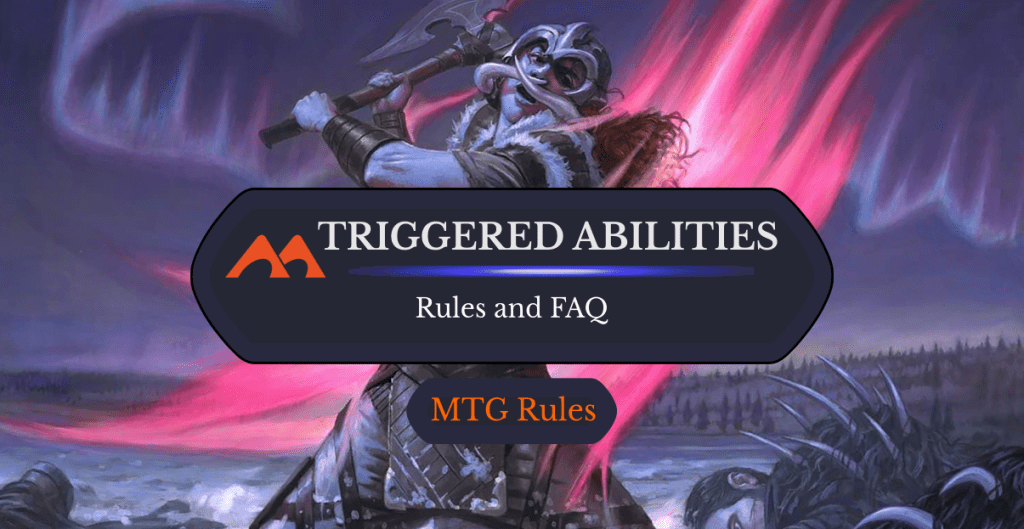
Warrior's Oath | Illustration by Eric Deschamps
Magic is a fantastic game with a lot of nuance to its rules. It becomes more complex the more layers you peel back, especially once you consider how all sorts of different abilities and cards interact with each other.
Abilities on creatures, artifacts, planeswalkers, and enchantments are especially prevalent throughout the game, and they’re essential to making a lot of decks function. You have to pay mana or other resources to activate some abilities, but others are activated by other things that happen.
These triggered abilities are everywhere, but what exactly are they? Which details about them can you use to your advantage in matches? Let's dive in and find out!
What Is a Triggered Ability in Magic?

Stifle | Illustration by Eric Fortune
Triggered abilities activate when a game action takes place.
The simplest example is the enters-the-battlefield ability on cards like Circuit Mender, which triggers an ability that gains you 2 life upon ETB. The ability goes straight to the stack and then resolves. Circuit Mender’s second ability is also a triggered ability that automatically goes onto the stack if it leaves the battlefield.
What Things Count as Triggered Abilities?
Triggered abilities are any abilities that trigger automatically when a game action occurs. ETB and death triggers are two good examples of triggered abilities throughout most sets. Other examples include effects that happen when a creature attacks (Audacious Thief), deals damage (Coastal Piracy), or when a spell is cast (Kor Firewalker).
Weird Examples of Triggered Abilities
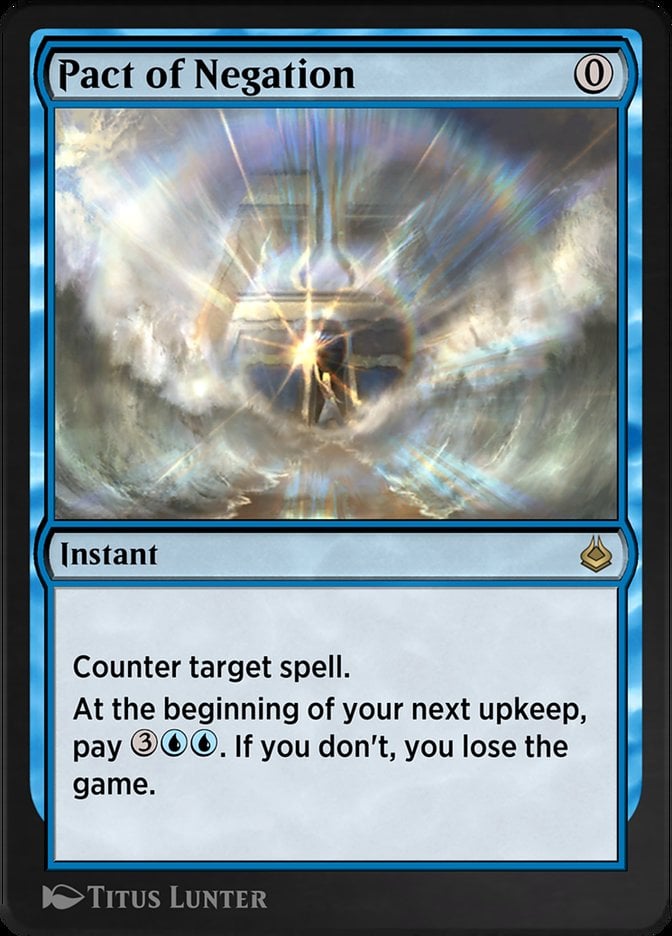
Not all triggered abilities take place immediately following a game action. For example, Pact of Negation’s second ability that forces you to pay or lose the game is a triggered ability. That ability doesn’t go onto the stack until your next upkeep following the spell’s resolution.

Warrior's Oath has a similar effect. It places a triggered ability on the stack at the beginning of the end of the extra turn you take that causes you to lose the game upon resolution.
Both of these cards use triggered abilities with a bit of a delay.
What’s the Difference Between Triggered and Activated Abilities?
One of the biggest differences between triggered and activated abilities is that triggered abilities are involuntary, while activated abilities are voluntary.
For example, you always get the triggered ability causing you to draw a card when Cloudkin Seer enters the battlefield, even if you don’t want to. A card like Sky Crier, meanwhile, only triggers if you pay the mana to activate the ability.
You can tell the difference between activated and triggered abilities by how the card is structured. Triggered abilities usually begin with phrases like “when,” “if,” and “dies.” Activated abilities have a cost to activate the ability, like how Lotus Petal requires you to actively sacrifice the artifact to get the mana.
Can You Counter a Triggered Ability?
Yes. Triggered abilities can be countered by spells that specify that they target triggered abilities like Stifle and Disallow. But they can’t be countered by normal counterspells like Counterspell.
Can You Respond to a Triggered Ability?
Yes, you can! When a triggered ability goes onto the stack it creates an instance of priority for each player the same way putting a spell onto the stack does.
Is a Triggered Ability a Spell?
Triggered abilities aren’t spells. They don’t trigger cards that care about spells being cast like Dragon's Claw, and they aren't restricted by effects like Archon of Emeria. They also can’t be countered by spells that don’t specify they can counter abilities.
Is an ETB Effect a Triggered Ability?
Yes. ETBs are probably the most prevalent triggered abilities in Magic.
Is a Replacement Effect a Triggered Ability?
No, replacement effects aren’t triggered abilities. The main distinguishing feature is pretty simple: a triggered ability happens when a game action occurs, while a replacement effect is one that takes place instead of the normal game action.
For example, when Emrakul, the Aeons Torn enters the graveyard, its triggered ability goes onto the stack then shuffles your graveyard into your library. This happens when Emrakul goes to the graveyard.
In contrast, Blightsteel Colossus has a replacement ability that shuffles it back into your library whenever it would go to the graveyard. This happens instead of Blightsteel going to the graveyard.
Is Epic a Triggered Ability?
Yes, epic is a triggered ability. The epic ability goes onto the stack at the beginning of each upkeep, triggered by the effect of the spell’s initial resolution.
Is Bushido a Triggered Ability?
Yes. Bushido triggers after blockers have been declared if the creature with bushido has been blocked or blocks another creature.
Is Riot a Triggered Ability?
No, riot isn’t a triggered ability. It’s a replacement effect that replaces your creature entering the battlefield with no abilities. It won’t use the stack since it’s a replacement effect, and your opponent won’t have a chance to interact with your creature before you give it haste or a +1/+1 counter.
Is Exalted a Triggered Ability?
Yes! Exalted triggers when a creature you control attacks alone. Notably, each instance of exalted on a creature triggers separately. If you can give a creature like Ignoble Hierarch a second instance of exalted, you get two exalted triggers from it.
Is Casualty a Triggered Ability?
Casualty is partially a triggered ability. It starts as an extra cost you can pay while casting a spell. If you choose to pay the casualty cost then it generates a triggered ability that resolves and creates the copy of the spell being cast.
Wrap Up
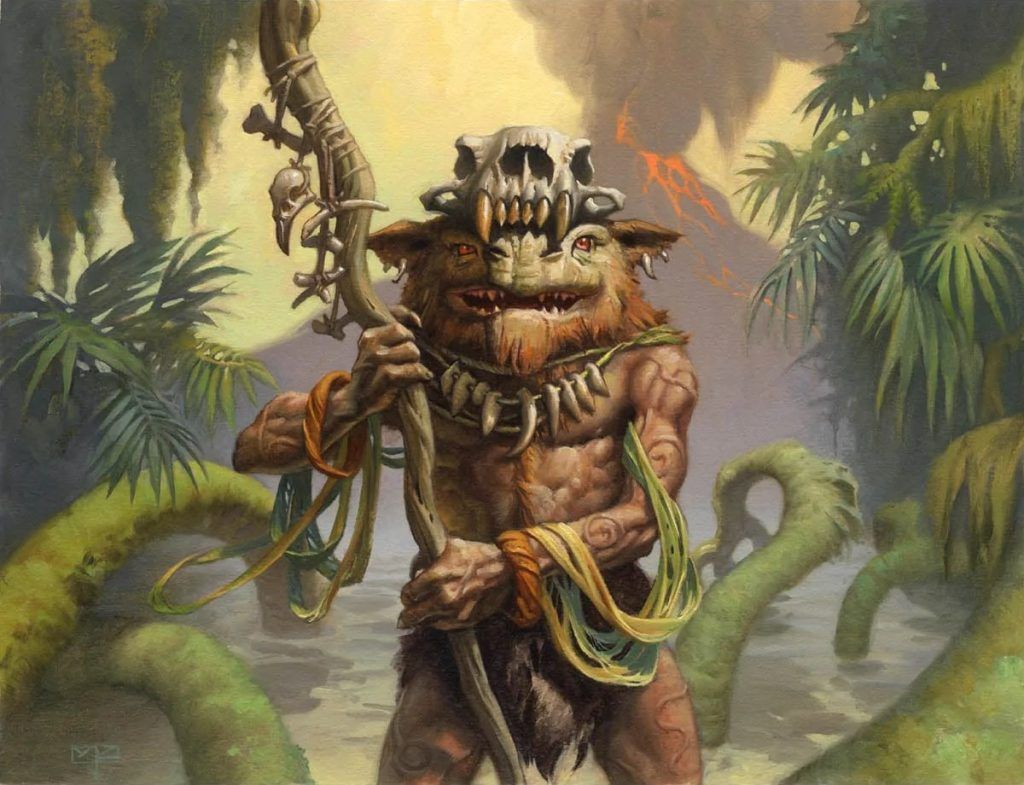
Ignoble Hierarch | Illustration by Mark Zug
Triggered abilities are used throughout Magic and are quite important to the strategies of a lot of decks. Understanding how and when they trigger is important for proper sequencing, making the most of your abilities, and avoiding your opponent's triggered abilities. They’re also pretty easy to identify.
Do you have any other questions on triggered abilities? What are some weird ones you’ve come across in your planeswalking journey? Let me know in the comments below or over on Draftsim's Twitter.
Until next time, stay safe and take care!
Follow Draftsim for awesome articles and set updates: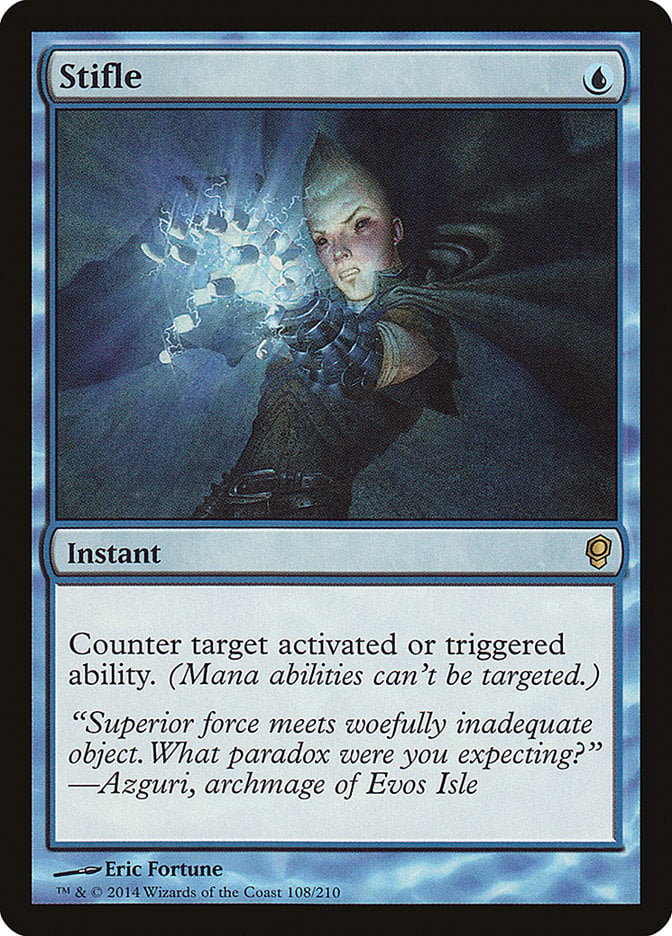
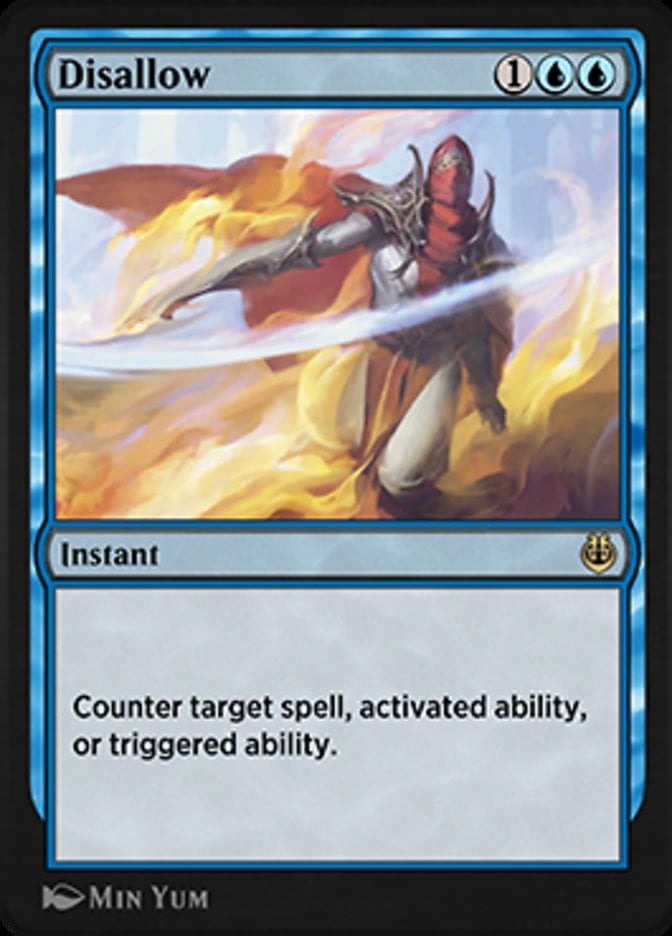
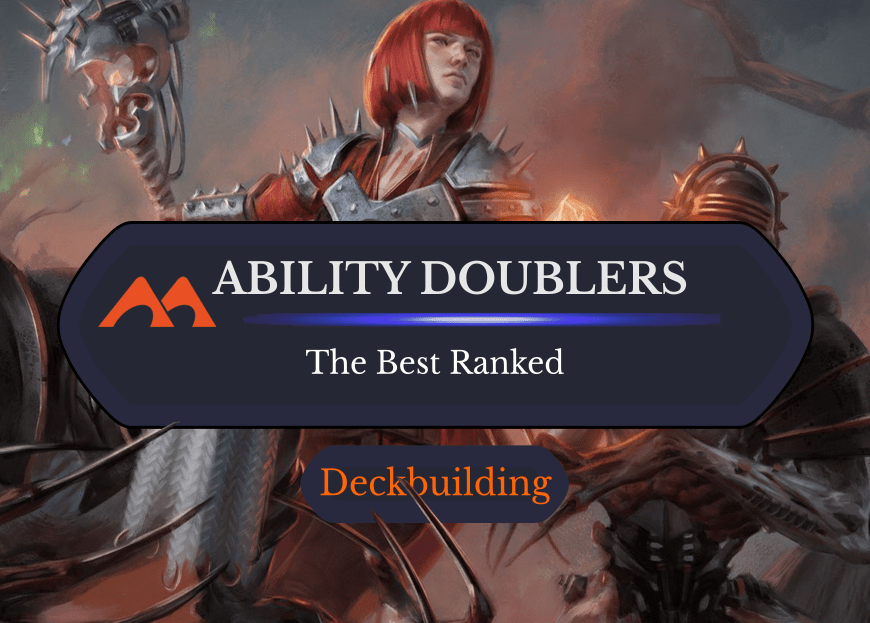
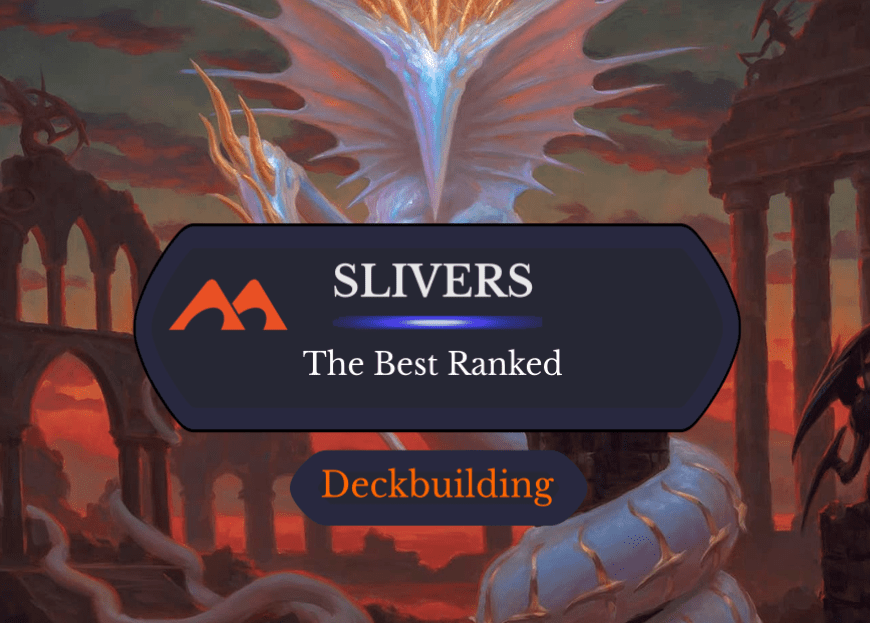
4 Comments
Hi, i found your article very fascinating thank you for the in depth breakdown, always more to learn with this game. I have recently built a deck from the new LotR set that came out and have a question regarding turnorder of resolving passive trigered abilities. Specifically between Aragorn, the Uniter and Arwen Undomiel. Does a creatures ability trigger, once its in the field, in the same phase or does a turn have to pass first before i can start activating it. For example, i summon Aragorn, in the same turn i summon Arwen, does her 2 elements immediately activate Aragorns triggers which in turn activates Arwens? And does Arwens ability mean that when i scry 2, does it activate twice or only once because its not defined by a number?
Thanks a lot and look forward to your answer.
Hey Justin. I forwarded your question to one of our judge writers, and this was his response. Please let me know if this is a misinterpretation of your question or something needs to be clarified.
1) There is no period of time that players need to wait before triggered abilities are available to them.
2) Casting Arwen with Aragorn in play will trigger his green and blue abilities. These go on the stack in the order of the players choice. Arwen is still on the stack at this point, so will not trigger from the scry.
3) “Scry 2” is a single action. It will only trigger “Whenever you scry” once.
Would roaming throne cause ojer taq to trigger twice? I’m building an elf deck and haven’t played since late 99 early 2000 and there’s a lot of new mechanics to get used to. I’m planning on including doubling season, parallel lives, second harvest, primal vigor, ojer taq, and roaming throne.
Unfortunately Ojer Taq’s tripling ability is a replacement effect, not a triggered ability, so there’s nothing for Roaming Throne to work with there.
Technically Throne would double the death trigger that transforms it, but that doesn’t actually result in anything different happening.
Add Comment